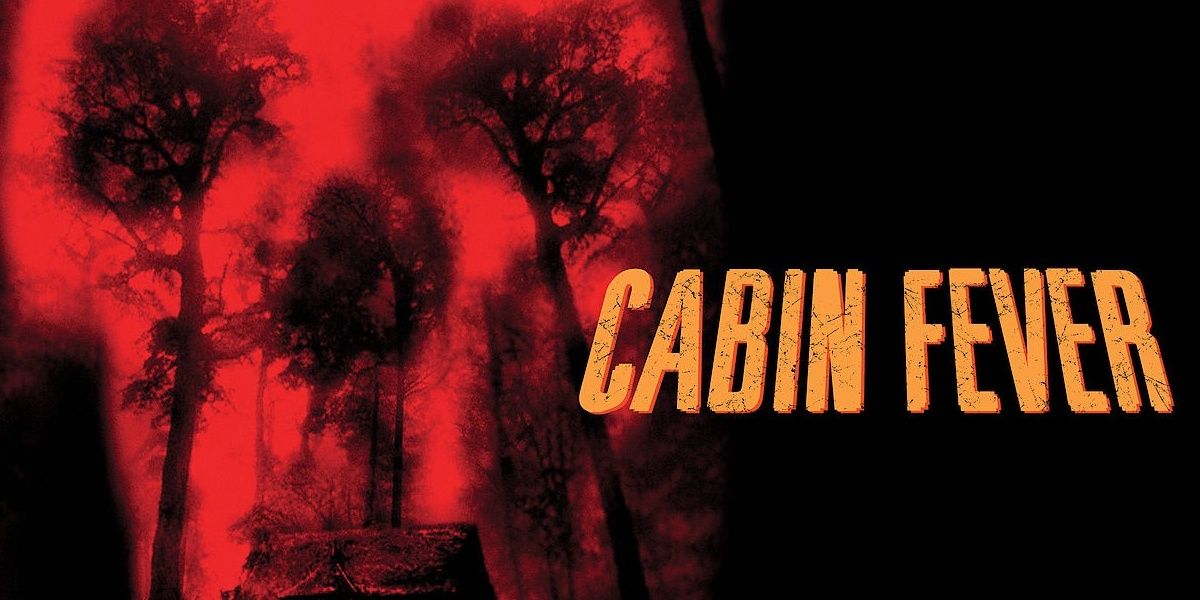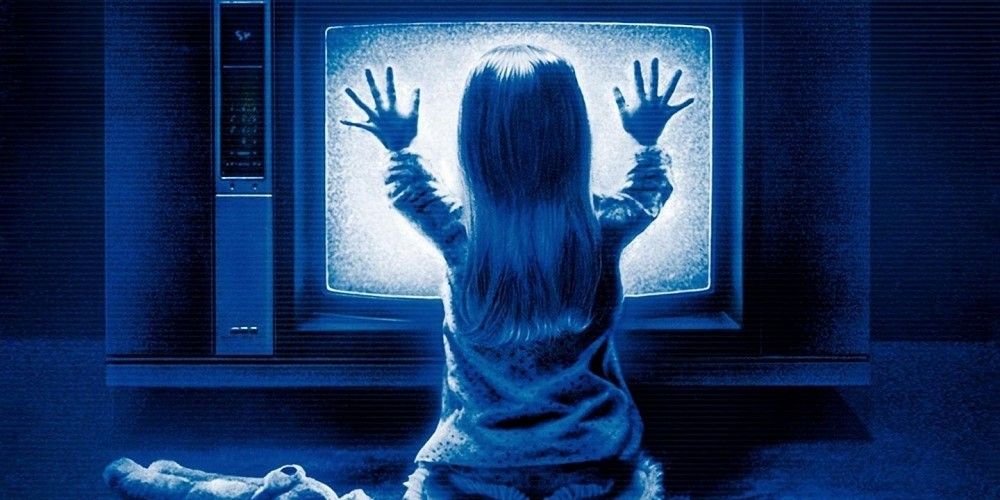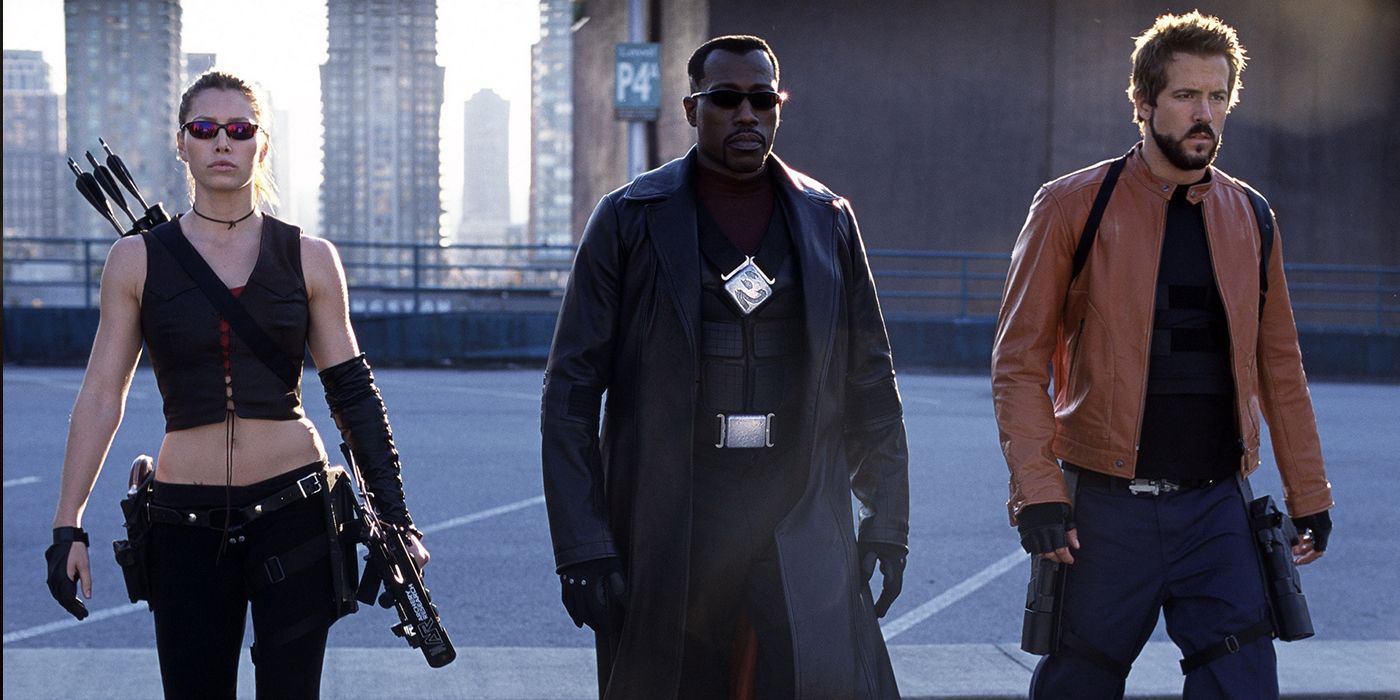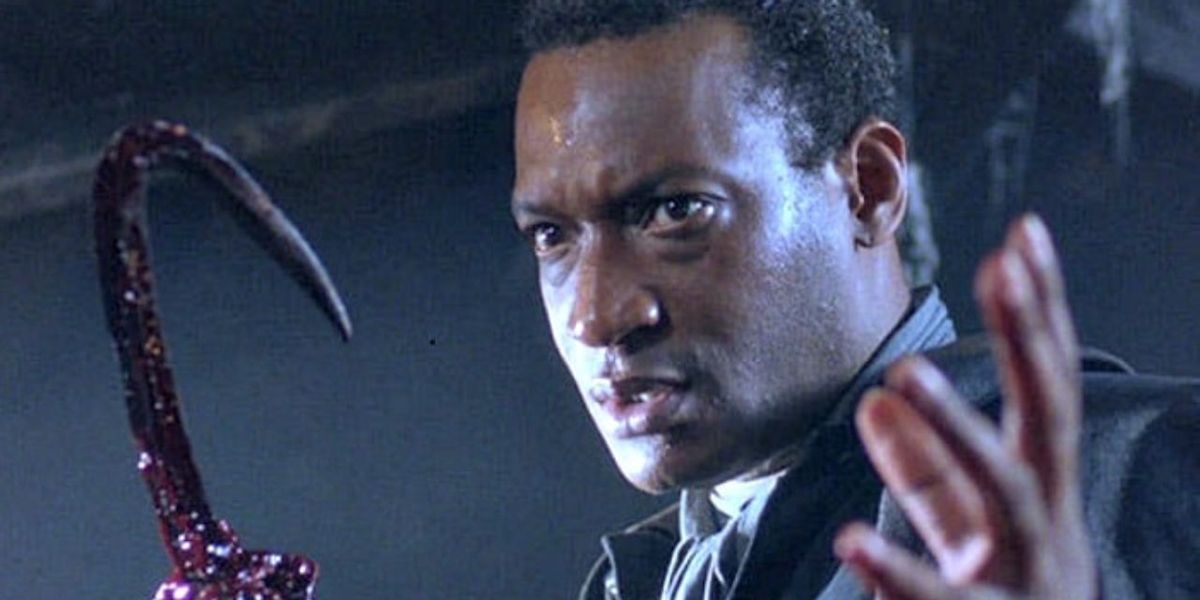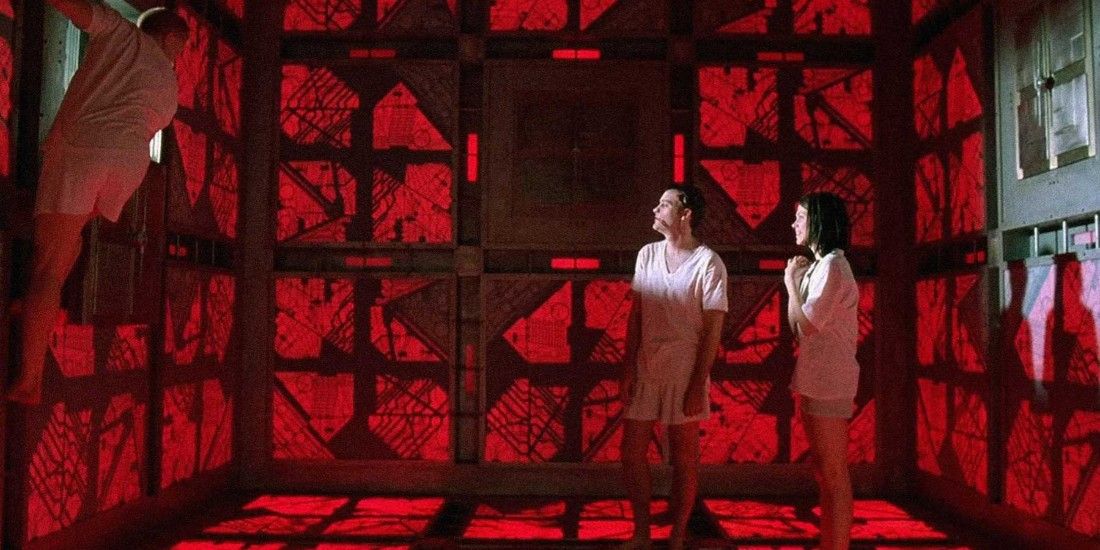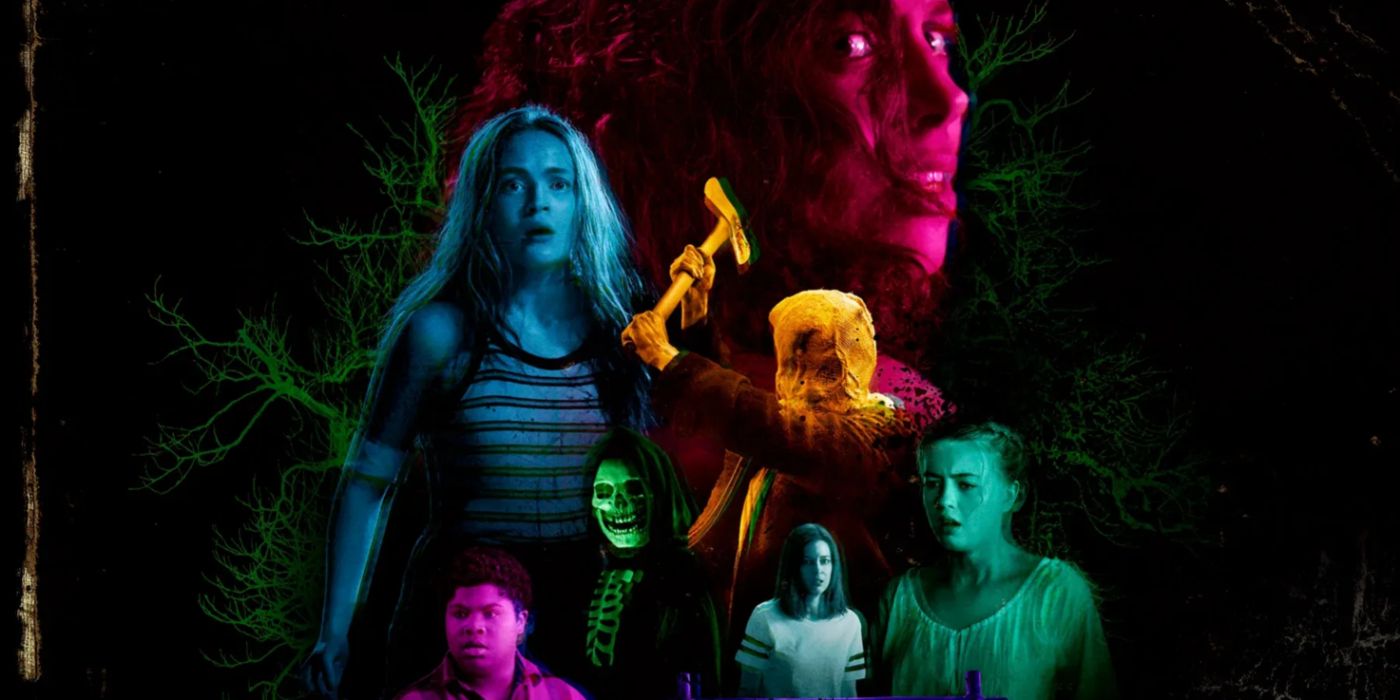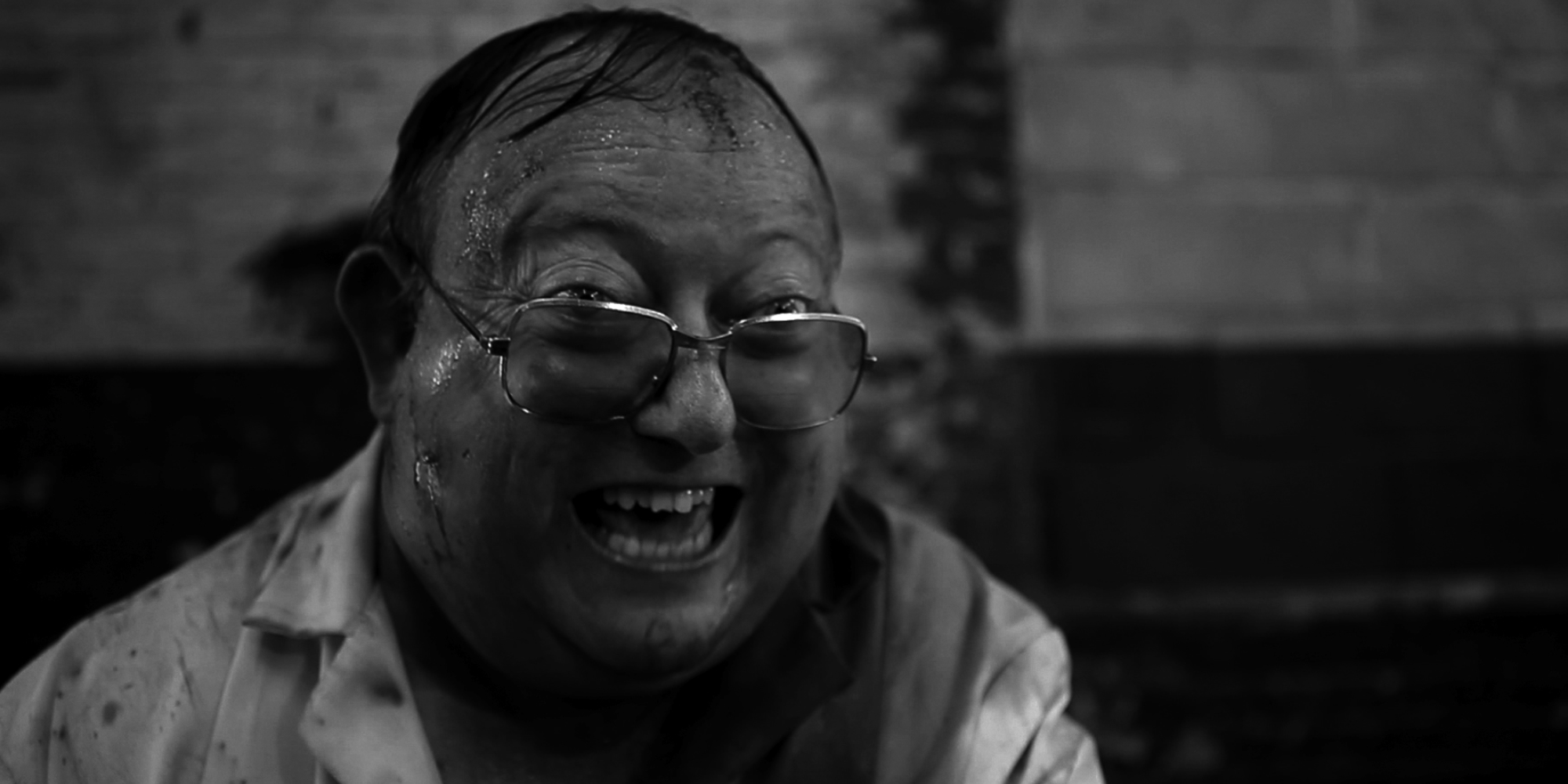The early 2020s have seen remakes of famous horror movies like Candyman and I Know What You Did Last Summer. However, many of the hit movies these remakes were based on were originally part of unique trilogies.
Often, horror movies are accused of having a dip in quality when it comes time for sequels or third installments. However, even if the writing quality decreases, the scares often remain. Many lower-budget initial films from decades ago may also get special effects improvements throughout the years that might the scary parts of the movie more realistic.
Basket Case
The Basket Case trilogy began with a movie about a man carrying his separated conjoined twin in a basket, all while trying to get revenge on the doctor who forcefully separated them.
While the original Basket Case is by far the most popular of the trilogy, the effects of the movie did improve with time. In fact, it can be said that many moments of the original Basket Case were borderline humorous due to Belial's design. Ultimately, the series goes on to humanize Belial more and show the darkness inside the true monster, Duane's mind.
I Know What You Did Last Summer
I Know What You Did Last Summer is a 1997 film that helped redefine the slasher genre of horror, along with its contemporary film Scream. The movie features a cast of four students who are tracked down after committing vehicular manslaughter during a summer trip.
While the sequel to the movie, I Still Know What You Did Last Summer, received mostly negative views from critics, it was still a terrifying addition to the slasher genre. The disturbing look for the undead fisherman in the final movie in the trilogy, I'll Always Know What You Did Last Summer, makes it arguably scarier than the original to many viewers.
11/11/11
While many horror fans are familiar with the 2011 film 11-11-11, there was an Asylum film titled 11/11/11 released the exact same year. It follows a young boy who is destined to become the gateway to the apocalypse on his 11th birthday.
While the movie didn't perform as well as its similarly named counterpart from the same year, it did merit an entire trilogy. The sequel, 12/12/12, was titled after the birthday of the newest demon child in the franchise, Sebastian. The strangely named 13/13/13 presents a date in a parallel world where the human race adds a day to the calendar every leap year to create a thirteenth month. Despite the odd concept, the movie uses tension and a suspenseful soundtrack better than most Asylum films.
Cabin Fever
Cabin Fever follows a man-made virus that terrorizes a group of vacationers. The skin-eating illness makes for the type of horror movie death that can either be incredibly disturbing or borderline funny depending on the viewer.
The sequel, Cabin Fever 2: Spring Fever, follows an outbreak of the flesh-eating virus accidentally distributed into water bottles at a high school prom. The grandiose nature of the second film is expanded by the prequel end to the trilogy: Patient Zero. The final film shows the harrowing start to the virus, an asymptomatic carrier who decides to spread the virus he carries throughout the world.
Poltergeist
Poltergeist is one of the most critically acclaimed horror films of all time. The film features a family who is haunted by a ghost, the titular poltergeist of the franchise.
While the original Poltergeist received love from critics and viewers alike, Poltergeist II: The Other Side and Poltergeist III arguably didn't deserve the backlash that they received. In fact, Poltergeist II is one of the more underrated horror films, especially among sequels. The franchise ultimately peaked artistically with the first film, but there are some great scares and decent writing in the latter films.
Blade
Blade stars Wesley Snipes as the titular Blade, a half-vampire half-human who hunts vampires to protect the mortal realm. While many consider Blade to be more of an action movie than a horror or thriller, it does fit under both genres.
Unlike many horror trilogies, Blade II kept up with and even outperformed the original in everything from critical perception to box office sales. While Blade II was arguably the best film in the franchise, Blade: Trinity had plenty of unsettling undead-induced moments that made it arguably the scariest of the three, despite arguably being the weakest in terms of writing.
Candyman
Candyman features one of the most terrifying killers in horror movies, the titular antagonist who is known by his urban legend title 'the Candyman.' The protagonist, Helen Lyle, summons the mysterious man and suffers the consequences.
After the harrowing events of the first film, two sequels were released before the relatively recent remake. The trilogy follows the increasingly powerful myth of the Candyman and the eventual destruction of the myth throughout the decades. With each film, the myth and danger of the Candyman grew larger until the climactic finale.
Cube
Cube is a cult classic horror film that follows an almost Saw-like style of horror movie, where multiple people are kidnaped for an initially unknown purpose. In the case of Cube, the cast is all trapped in a massive cube with many trap-filled rooms.
After the initial Cube, a sequel and prequel created a full Cube trilogy. Cube 2: Hypercube follows a far more intricate sci-fi take on the concept, while Cube Zero goes back to basics and follows the creation of the first cube. Both are unnerving in their own ways, but the borderline realism of Cube Zero makes it arguably the scariest film in the franchise.
Fear Street
Fear Street is a Netflix horror trilogy that follows the cities of Sunnyvale and Shadyside, which border one another despite Sunnyvale's affluence while Shadyside deals with poverty and constant danger.
Throughout the trilogy, Fear Street takes the audience further and further back in time as they discover the true reason behind Shadyside's peril, the witch Sarah Fier. Part of what makes the final Fear Street shine over other trilogy climaxes is that instead of having a totally new plot separated from the original film, it was a planned film that concludes the story that the first two parts started.
The Human Centipede
One of the most disturbing film franchises of all time, The Human Centipede follows a monstrous surgeon who stitched people together to create the titular "human centipede."
With each new Centipede film, the scale of the body horror is raised significantly. While The Human Centipede 3 (Final Sequence) is by far the worst received of the three critically, it's arguably one of the most frightening and disturbing films ever released. As the centipedes grew, so did the horror of the series.

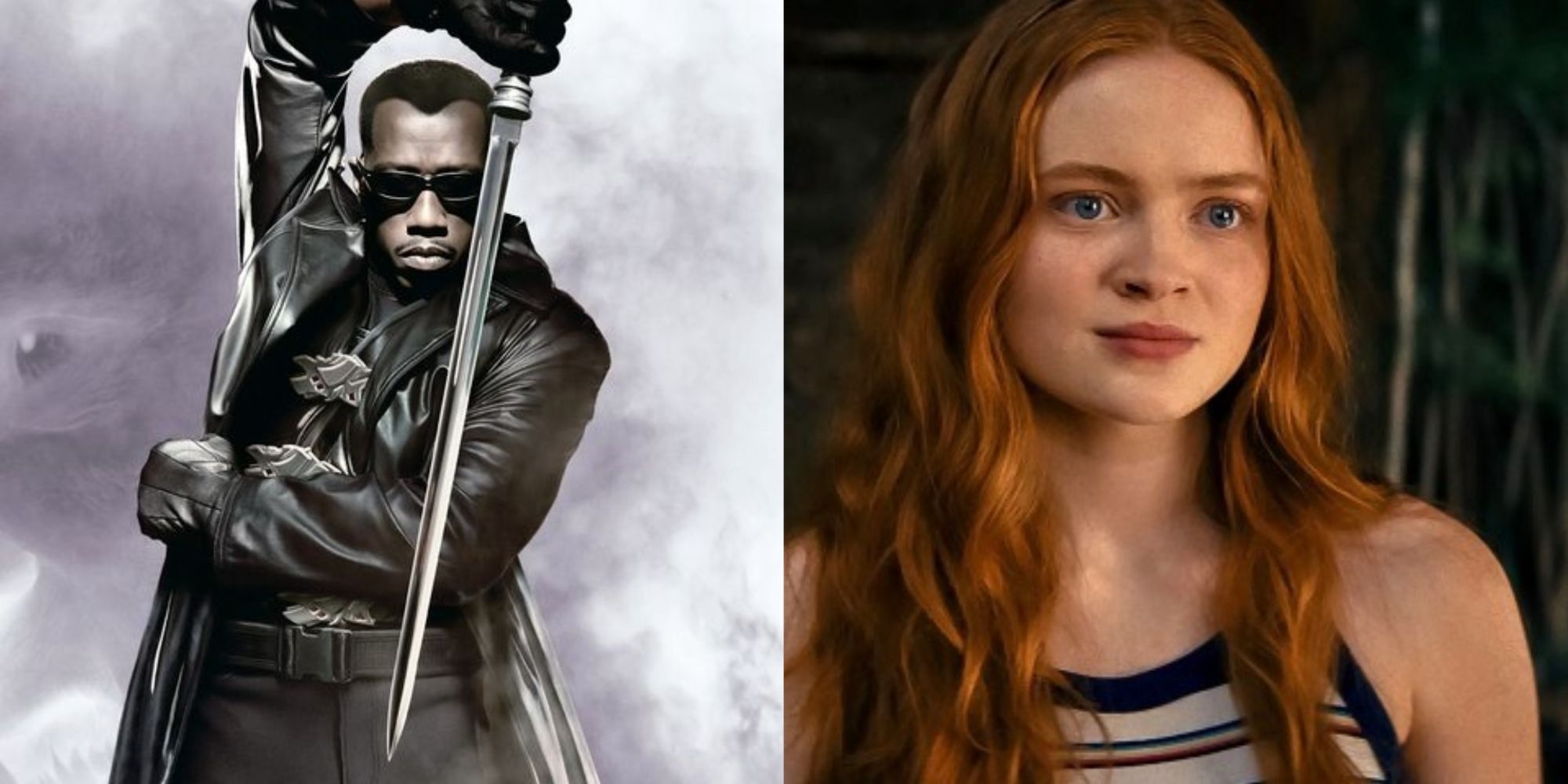
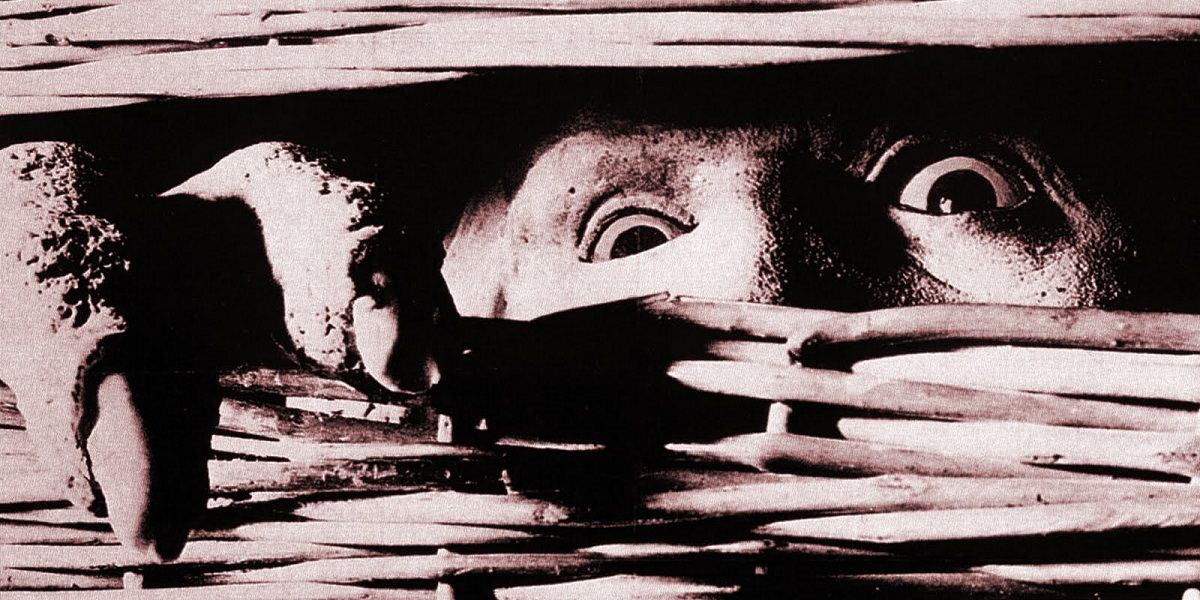
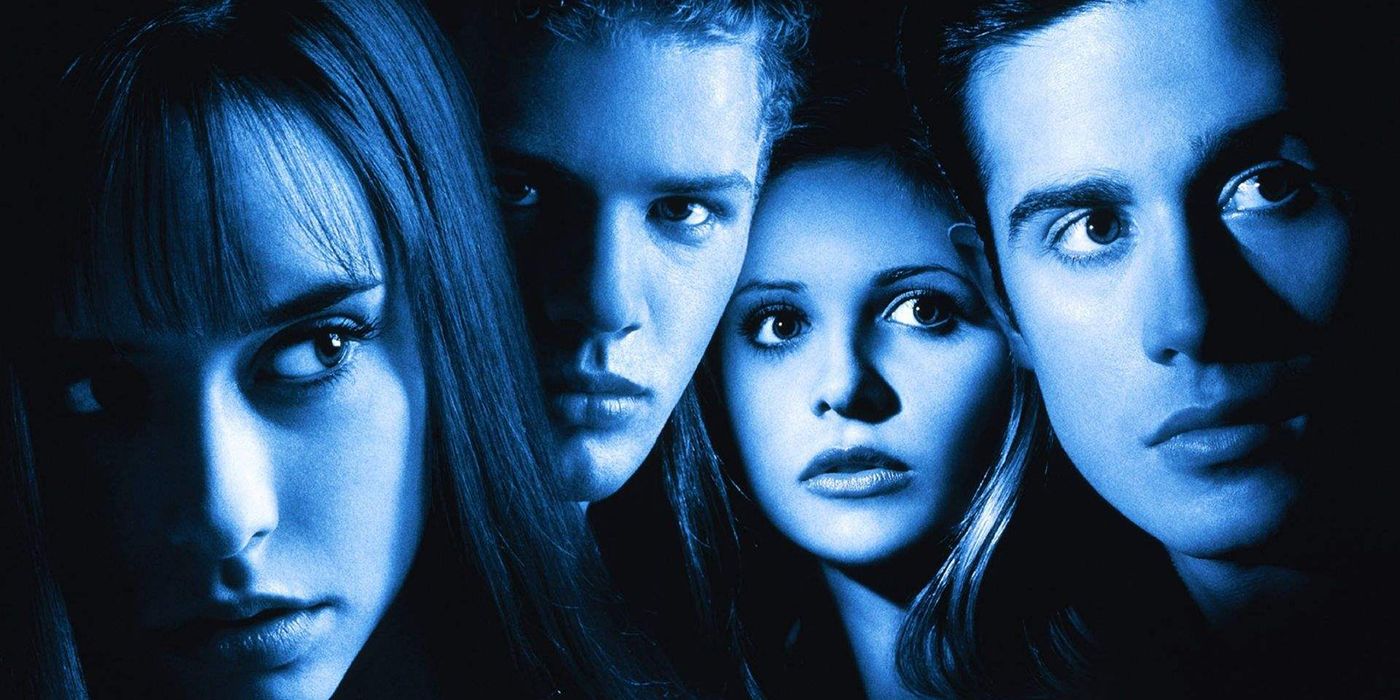
.jpg)
